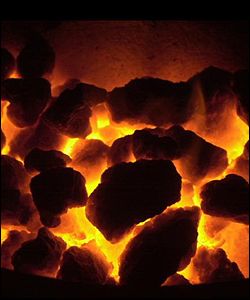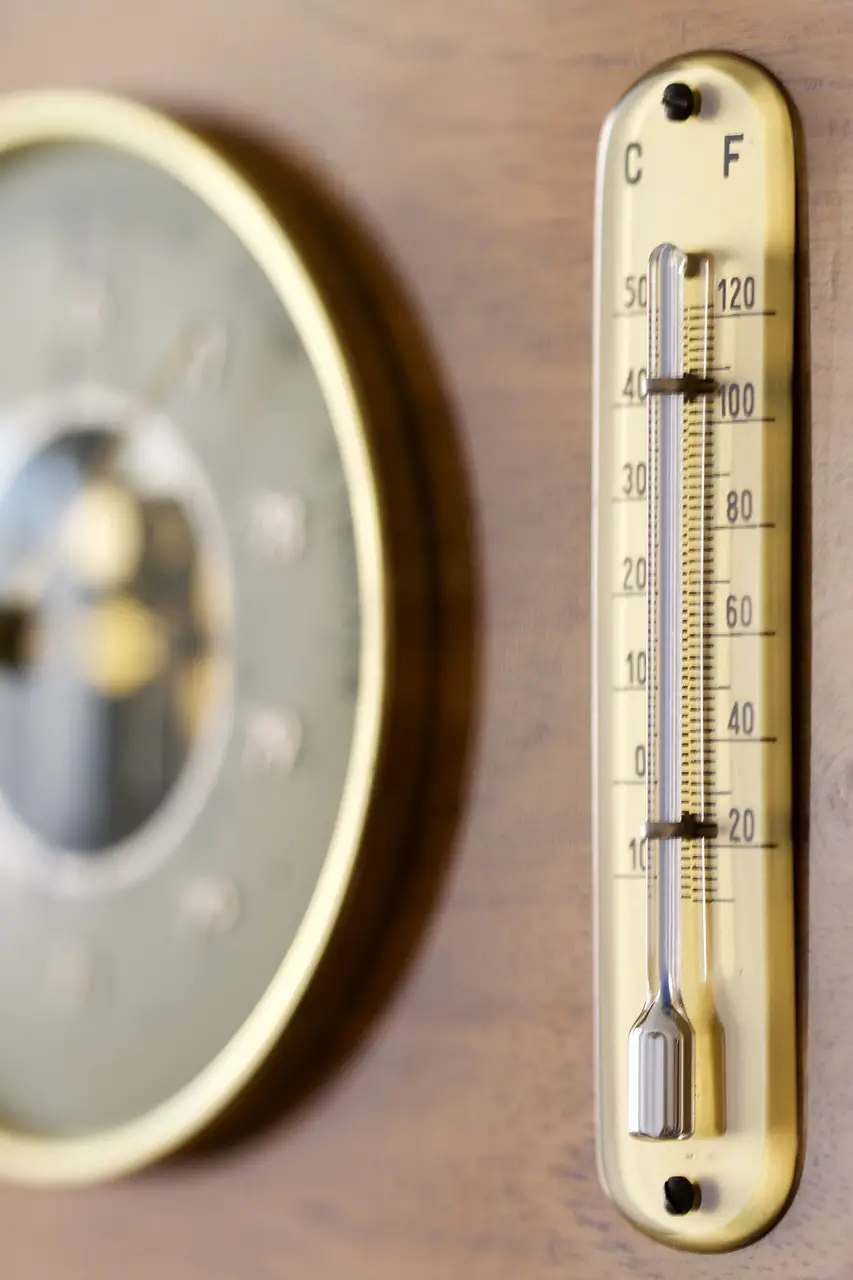
Thermal energy, also known as heat energy, is a fundamental form of energy that plays a crucial role in our daily lives and in various industrial applications. It is derived from heat and can be converted into other forms of energy, making it highly versatile and valuable in a variety of contexts.
In this article, we will explain what thermal energy is, how it is produced, its main characteristics and we will present a way to calculate its value when there is a change in temperature.
Definition, What is thermal energy?
Thermal energy is defined as the form of energy that a body possesses due to its temperature. In other words, it is related to the heat contained in an object or substance. This form of energy originates due to the agitation of the particles that make up matter at the molecular level.
As the particles move faster and collide with each other, the temperature of the object increases, which in turn increases its thermal energy.
Measurement units
Energy is measured in Joules (J) according to the international system. Although when it comes to heat energy, calories (cal) are also usually used.
How is thermal energy generated?
Thermal energy is produced in a variety of forms in nature and in human activities.
Some of the most common sources of thermal energy production include:
Combustion of fossil fuels
 Fossil fuels such as oil, natural gas and coal are burned to generate heat and therefore thermal energy. This process is widely used in electricity generation and heating around the world.
Fossil fuels such as oil, natural gas and coal are burned to generate heat and therefore thermal energy. This process is widely used in electricity generation and heating around the world.
Solar energy
The sun is an inexhaustible source of thermal energy. Solar panels absorb solar radiation and convert it into heat, which can be used to heat water or produce electricity through photovoltaic systems.
Geothermal energy
Geothermal energy is obtained by taking advantage of the heat stored inside the Earth. This is achieved through drilling geothermal wells and extracting heat from the subsurface for use in heating buildings or generating electricity.
Natural sources of heat
In addition to the sources mentioned, thermal energy is also found in natural processes, such as hot water currents in geysers and hot springs.
Characteristics of thermal energy
 Thermal energy is a form of energy associated with the heat and temperature of an object or substance. Below are some of the most important characteristics of thermal energy:
Thermal energy is a form of energy associated with the heat and temperature of an object or substance. Below are some of the most important characteristics of thermal energy:
-
Origin in temperature : Thermal energy originates in the temperature of an object or substance. The hotter an object is, the greater its thermal energy. This energy comes from the agitation of the particles that make up matter at the molecular level.
-
Energy Transfer : Thermal energy can be transferred from one object to another due to temperature differences. Heat flows from hotter objects to colder objects until they reach thermal equilibrium, where their temperatures are equal.
-
Form of internal energy : Thermal energy is a form of internal energy in a system. This internal energy includes the kinetic energy of the moving particles and the potential energy between the particles.
-
Convertibility : Thermal energy can be converted into other forms of energy. For example, it can be converted into mechanical energy in a heat engine, into electrical energy in a thermal power plant, or into light energy in an incandescent lamp.
-
Heat loss : Thermal energy tends to be lost over time due to radiation, conduction, and thermal convection. That's why systems and devices designed to retain heat, such as insulation in buildings, are important for conserving thermal energy.
-
Fundamental to life : Thermal energy is essential to life on Earth. Living beings regulate their body temperature using thermal energy generated by metabolic processes. Furthermore, thermal energy from the sun is the main source that allows life to exist on our planet.
Thermal energy formula
The thermal energy of an object is calculated using the following formula:
Thermal Energy (Q) = mass (m) × specific heat (c) × temperature change (ΔT)
Where:
- Q is the thermal energy in joules (J).
- m is the mass of the object in kilograms (kg).
- c is the specific heat of the material in joules per kilogram per degree Celsius (J/kg·°C) or in joules per gram per degree Celsius (J/g·°C), depending on the unit of mass used.
- ΔT is the temperature change in degrees Celsius (°C).
This formula is used to calculate the amount of thermal energy needed to raise or lower the temperature of an object given a specific temperature change.
Specific heat is a characteristic property of each material and represents the amount of heat necessary to raise the temperature of a unit mass of the material by one degree Celsius.